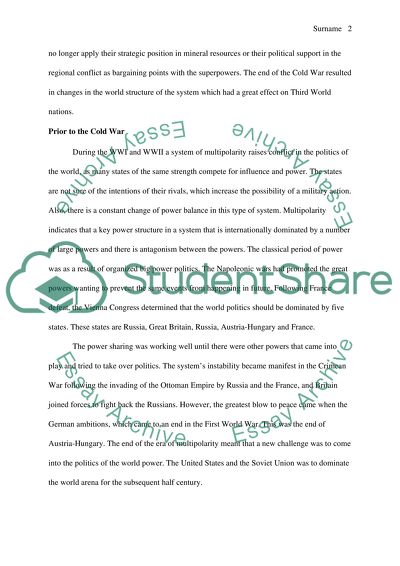Cite this document
(“POST COLD WAR Research Paper Example | Topics and Well Written Essays - 1750 words”, n.d.)
Retrieved from https://studentshare.org/history/1688802-post-cold-war
Retrieved from https://studentshare.org/history/1688802-post-cold-war
(POST COLD WAR Research Paper Example | Topics and Well Written Essays - 1750 Words)
https://studentshare.org/history/1688802-post-cold-war.
https://studentshare.org/history/1688802-post-cold-war.
“POST COLD WAR Research Paper Example | Topics and Well Written Essays - 1750 Words”, n.d. https://studentshare.org/history/1688802-post-cold-war.


